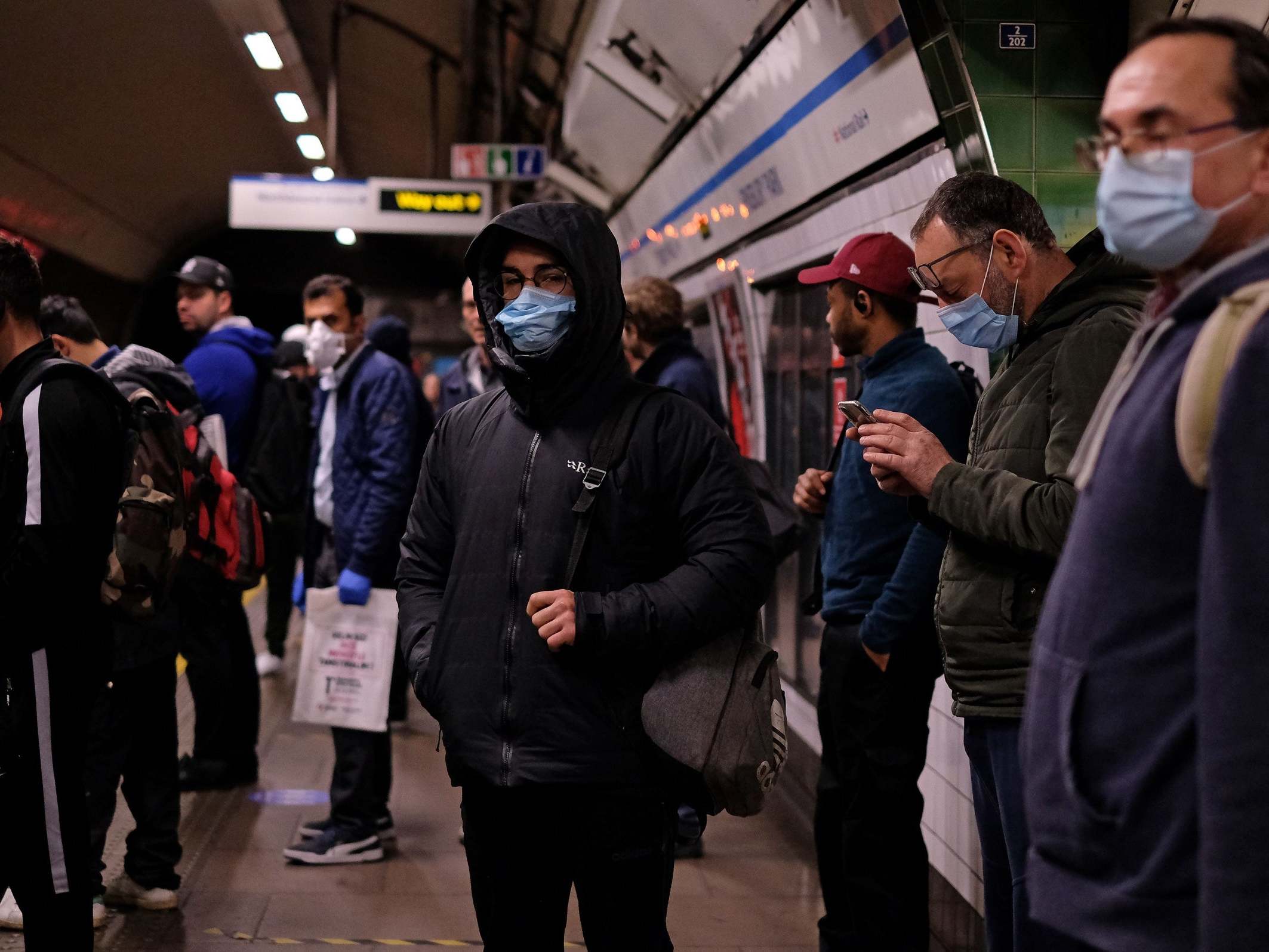
The return of commuters to work is likely to trigger a fresh Covid-19 epidemic, says new research that warns ministers have underestimated the danger.
The study from at the University of Sussex calculates the sharp drop in travel was the main reason coronavirus was brought under control – and, therefore, more transport use carries a large risk of a second spike in infections.
The warning comes amid scenes of packed Tube trains and buses in London after Boris Johnson “actively encouraged” more staff to return to workplaces, even before new guidance was released.
Download the new Independent Premium app
Sharing the full story, not just the headlines
Professor Maziar Nekovee said his research suggested the disease “mainly spreads from daily home-office commutes”, which more people were now resuming.
He called for “other lockdown measures” to be eased – rather than transport use – to prevent “health services becoming overwhelmed by the resurgence of exponential growth”.
“Instead mobility should be kept restricted while new measures, such as wearing masks and contact tracing, get implemented in order to allow a safe exit from lockdown,” the professor added.
The research comes after the transport secretary admitted ministers “don’t know how the virus will respond”, even as staff began their return to work on Wednesday.
Grant Shapps also raised the prospect of the critical R rate of reproduction going back above 1 – the measure of exponential growth – if the lockdown easing backfired.
Scientists are believed to have provided specific forecasts for the impact of each possible loosening, such as allowing people to go outdoors more, reopening schools or more workplaces opening up.
The latest news on Brexit, politics and beyond direct to your inbox
In the Commons, the prime minister promised all advice from the Scientific Advisory Group for Emergencies (Sage) would be published “in due course”, under pressure from Keir Starmer.
But he ducked a demand, from SNP Leader Ian Blackford, to explain why lockdown-easing had begun before the promised “‘test-and-trace” system had started.
Prof Nekovee, of the University of Sussex’s School of Engineering and Informatics, said its research showed the lockdown had successfully broken up infections into “largely isolated clusters”.
However, this had been achieved by a huge reduction in the “daily mobility of the UK population”, as demonstrated by figures for transport use.
The return of even “limited purposeful mobility across different boroughs of large cities such as London” was likely to see mixing between those clusters.
The government has insisted the scientific advice backs the limited lifting of restrictions, but has also admitted it cannot accurately pinpoint the R measure – putting it at between 0.5 and 0.9
The research echoes the warning by the Independent Sage group of scientists that branded the strategy “dangerous” and said further local Covid-19 epidemics were inevitable.



